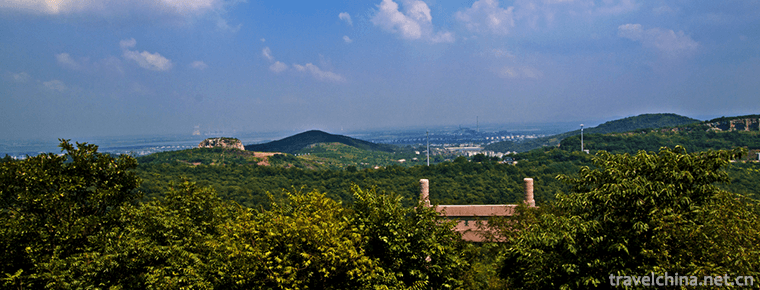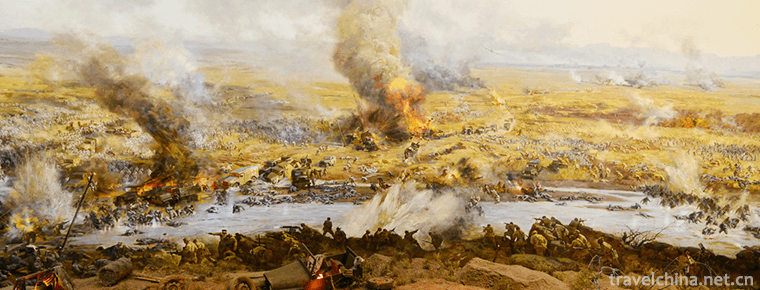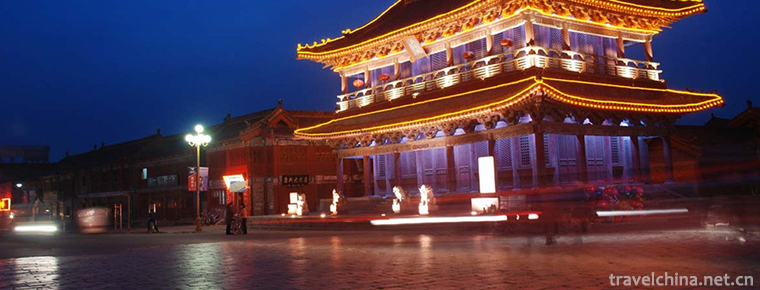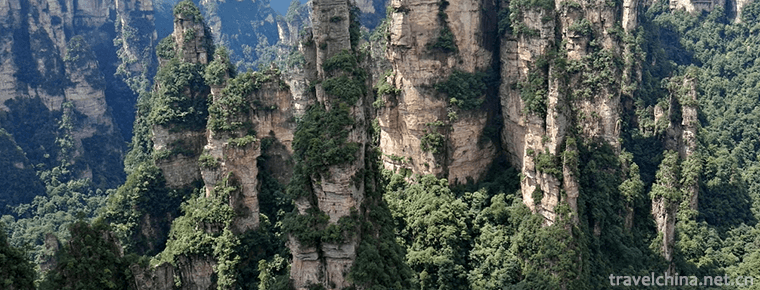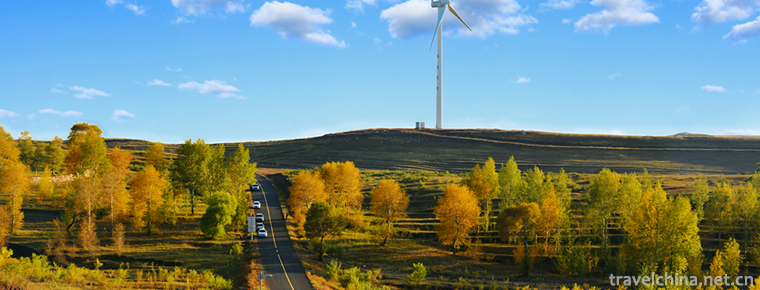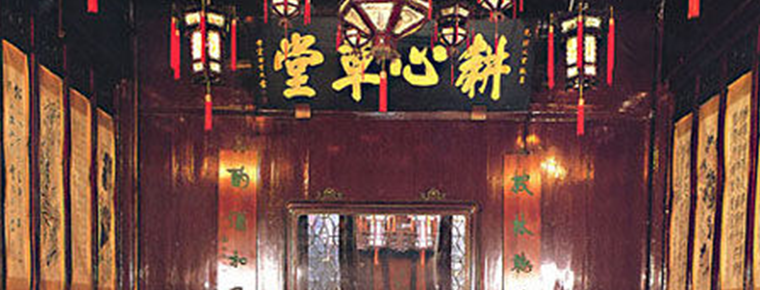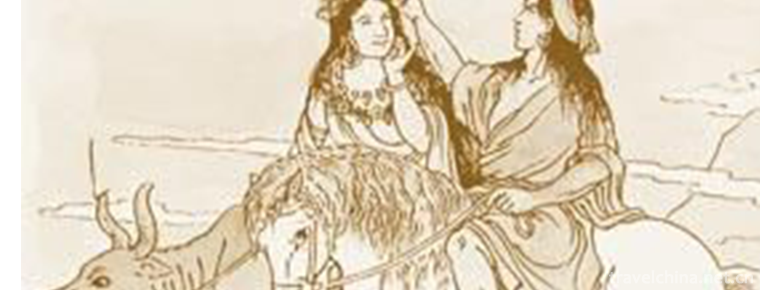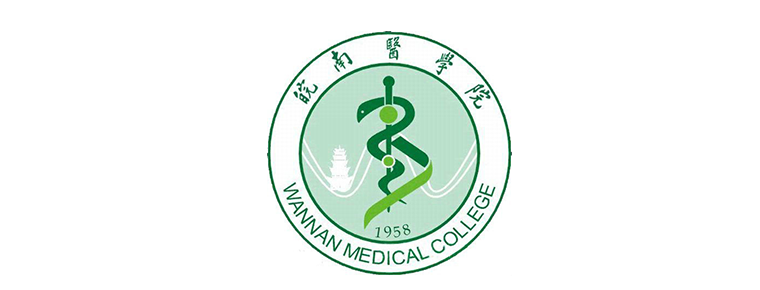Making Techniques of Lianshi Paper in Lead Mountain
Making Techniques of Lianshi Paper in Lead Mountain
Lead Mountain Lianshi Paper Making Skills, local traditional handicraft in Jiangxi Province, one of the national intangible cultural heritage.
Lianshi Paper, also known as Lianshi Paper, is also called "Sea Moon Paper" when the paper is thicker. Its name is very interesting. It is said that Lian Si Paper was made by the brother of Shao Wu Lian in Fujian Province after years of research and development, and was manufactured by exquisite craftsmanship. It was named because they ranked third and fourth.
In 2006, the technology of making four pieces of Lianshan paper was approved by the State Council of the People's Republic of China and listed in the first batch of national intangible cultural heritage list.
historical origin
As early as the middle and late Eastern Han Dynasty, there were papermaking activities in Qianshan. Legend has it that during the Three Kingdoms period, Zhang Zhao led his troops to Wuyi Mountain to cut bamboo arrows. In Puyuan Village, Tianzhu Mountain, a branch of Wuyi Mountain, papermaking was found and their paper was requisitioned for the use of the regime. By the mid-Tang Dynasty, the paper industry in Qianshan had further developed.
In the Song and Yuan Dynasties, the paper-making industry of Qianshan was well-known. As recorded in the book collection of ancient and modern times, the lead mountain paper in Yuan Dynasty was well-known all over the world. Ming Gaolian listed the paper products of past dynasties in Volume 15 of Zunsheng Eight Notes, Yan Lei Qing Appreciation Note, Zhong Zhi Lun Paper. When discussing Yuan Paper, he listed "Lead Mountain Paper" as a "splendid glory, which is also known to the world".
The history of paper-making in Qianshan is about one thousand years. After hundreds of years of accumulation and development, the mature bamboo paper-making technology in Qianshan created the "Lianshi Paper" in the late Ming Dynasty. Lead Mountain in Ming Dynasty was an important base of paper industry. By the middle of Qing Dynasty, the population of paper industry had accounted for 13.4% of the county's population. Kangxi's Shangrao County Chronicle recorded in Volume 10: "In Shitang Town of Qianshan, there were more than 3,000 households in paper and stone troughs in Wanli 28 years. There were no less than 120 workers per trough household, and statistics showed that there were more than 560,000 assistants."
There are abundant bamboo resources and abundant firewood resources in the southern and northern foothills of the Wuyi Mountains. The streams are vertical and horizontal, and the hydraulic resources are superior, so the bamboo paper production conditions are unique. Lead Mountain's paper mills are mainly concentrated in Shitang, Chen Fang and Hengjiang towns, sometimes known as "Shitang Jingfang, Chen Fang Lian4, Hengjiang Maoban". As for the variety of paper-making in Qianshan, the Ming Wanli Book of Lead, Food, and Wuli recorded that:"... There are four kinds of paper: Mao Bian, Jingwen, Tangben, Chenfang bamboo silk, Xigang fire paper, straw paper, large and small splint light, Gulou ancient block paper, book-making paper, Lianquan four, ancient wool comb. Taishilian, Jingchuan Lian and White Paper are all made in recent years. Even four of them are gathered and dispersed in Chen Fang. They need to be processed and exported to the market. They are collectively called "Chen Fang Lian Four Papers". The specific origin is at the northern foot of Wuyi Mountains within Yunlongguan and Huoshuoguan, i.e. Yunlongkeng, Fozhai, Xikeng, Taiyuan, Pulp Source, Paper Source, Zhengjiatang (Gaoquan), Port, Qingbi, Shilung, Shitang and other prescription areas with a radius of more than 100 li.
In 1937, the exhibition of Guangdong, Hunan, Hubei and Jiangxi Special Products Association introduced four pieces of paper: "Jiangxi is the most prosperous area of old-fashioned handicraft papermaking, and its paper quality is superior to that of the whole country. More than half of the paper producers in 83 counties of the province, with lead mountain and Wanzai as the most... Among them, Lianshi of Mount Qianshan, Maobian of Guanshan and Taihe are the most prominent. Besides selling all over the country, it also sells a lot in Japan, Nanyang and other places. After liberation, even four papers were revived and won prizes at paper exchange meetings held in Nanjing, Shanghai and Beijing. In 1959, 1979 and 1993, the company expanded its production to meet the needs of Rongbao Zhai in Beijing and Douyun Xuan in Shanghai, as well as under the purchase of Guangzhou businessmen.
Technological characteristics
The traditional manufacturing of four-paper Lianshan Paper depends on manual operation. It has no physical and chemical indexes and is controlled by experience. The manufacturing process is particularly fastidious: first, the water quality, where flushing, soaking, bleaching, washing contact with water can not be any pollution, must use local spring water; second, dispensing, medicines are made of water egg insect trees.
The paper made in this way is white, tender and dense, smooth and flexible, with faint curtain lines. Paper is insect-proof and heat-resistant, and will never change its color. It is known as the "Millennium of Life Paper".
Inheritance and Protection
Inheritance value
Lianshi Paper is a cultural paper of high quality. It is white, tender and very smooth and flexible. It has the characteristics of insect-proof, heat-resistant and never changing color, so it is praised as "the millennium of longevity paper". Many valuable old books, tablets, deeds, paintings, fans and other books are used in it. Only by relying on it can countless famous works be handed down.
Heritage figures
Zhang Shikang, male, Han nationality, inheritor of the four-paper making skills of Lianshan. December 28, 2017, was selected as the fifth batch of national intangible cultural heritage representative project representative successors recommended list.
protective measures
In July 2006, five people, including Khan Ziqiang, deputy researcher of the Cultural Heritage Research Center of Fudan University and Chen Gang, deputy director of the Department of Cultural Relics and Museum Science of Fudan University, formed a research group of Handmade Paper Science of Fudan University to investigate Handmade Paper in Qianshan County. They believed that the Handmade Paper Workshop of Qianshan was a living fossil of the original paper-making process. They said they would be willing to provide technical assistance if the government wanted to restore production of Lianshi Paper.
In 2007, Qianshan County established the "Committee for Restoring Traditional Characteristic Industries" and invested 150,000 yuan to establish the "Lianshi Paper Production Technology Exhibition Hall". Several old folk artists, such as Xiaochun and Weng Shixing, were employed by local governments and enterprises as Lianshi Paper Making Teachers. They generously took out their family's secret recipe of paper and medicine, combined with their years of papermaking experience, after more than a year's efforts, successfully recovered and developed Lianshi Paper.
social influence
Important Exhibitions
Lead Shan Lian's four paper making skills have successively participated in Shanghai World Expo, Cultural Expo, China Expo, India Expo, China's first national non-heritage exposition, World Non-heritage Exposition and other exhibitions, and won the first national non-heritage exposition exhibition prize bronze awarded by the Ministry of Culture and non-heritage art exhibition collective first prize.
Important applications
The Ming edition of "Seventeen Histories" and the Qing edition of Wu Yingdian's engraved book "Integration of Ancient and Modern Books" are printed on four high-quality sheets.
Many engraved books, such as Jigu Pavilion and Sweeping Leaf Mountain House in the Ming Dynasty, are printed on four sheets.
Shanghai Commercial Press has published a large number of ancient books, picture sheets and the famous "Preliminary Collection of Four Collections of Complete Books" with four copies.

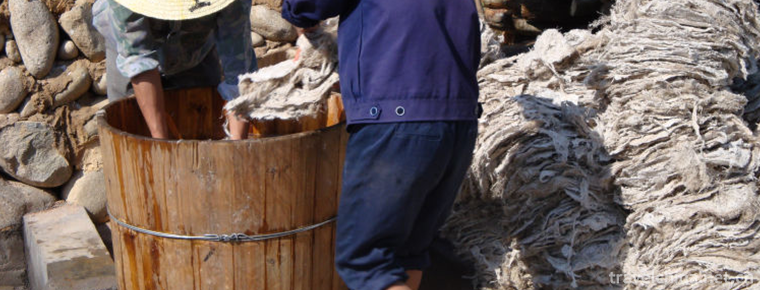
Making Techniques of Lianshi Paper in Lead Mountain
-
Bagong Mountain Tourist Scenic Area
Since 2001, Bagongshan Scenic Area has listed Bagongshan National Geopark, Bagongshan National Forest Park and Bagongshan National AAAA Tourist Area successively. Bagong Mountain is a famous historica
Views: 169 Time 2018-12-23 -
Laiwu Campaign Memorial
Laiwu Campaign Memorial Hall is situated on the Huangshan Mountain in Laiwu District, Jinan City. It covers an area of 45,000 square meters and has a building area of more than 8,000 square meters
Views: 156 Time 2019-01-29 -
Lion Tower Tourist Area
Lion Tower Tourist City is located at the head of the cross street of Yanggu County Town. It was built in Jingyou of the Northern Song Dynasty for three years.
Views: 111 Time 2019-02-08 -
Wulingyuan
Wulingyuan Scenic Spot is located in the northwest of Hunan Province, central China. Its longitude is 110 20'30 ~110 41'15 and latitude is 29 16'25 ~29 24'25
Views: 172 Time 2019-02-24 -
Zhangjiakou Zhangbei Grassland
Zhangbei grassland is located in Zhangbei County, 70 kilometers northwest of Zhangjiakou. It consists of two grasslands, Zhongdu and Angoli. In Zhangbei grassland, you can ride horses and shoot arrows
Views: 215 Time 2019-03-10 -
Hu Qingyutangs Traditional Chinese Medicine Culture
Hu Qingyutang's traditional Chinese medicine culture is one of the national intangible cultural heritages and the traditional trade customs preserved by Hu Qingyutang.
Views: 164 Time 2019-05-03 -
Legend of the ancestors of Khitan
The legend of the ancestors of Qidan is a folk legend that is spread in Pingquan County, Hebei Province, China. According to legend, the ancestors of Qidan were born on the Futu River in Mayushan
Views: 123 Time 2019-06-10 -
Wannan Medical College
Wannan Medical College is located in Wuhu, a famous historical city known as "the great port of the Yangtze River and the backbone of Anhui". It is close to the vast Yangtze River and gather
Views: 164 Time 2019-11-19 -
Chengdu Weiran flower sea
Weiran flower sea is the largest flower sightseeing base in Chengdu, the top 50 rural tourism base in Chengdu, the most beautiful flower appreciation base in Chengdu, Chengdu music industry base, top
Views: 151 Time 2020-04-10 -
Historical evolution of Yibin
In the sixth year of Jianyuan (135 B.C.), Emperor Wu of Han Dynasty established Qianwei County, and at the beginning of the county administration, he (the west of Zunyi City, Guizhou Province) was established. In the first year of the first Yuan Dynasty of emperor Z
Views: 461 Time 2020-12-18 -
Yibin transportation
Yibin is a transportation hub city in South Sichuan, which is famous for its comprehensive three-dimensional transportation network of water, land and air. It is located at the starting point of the golden waterway of the Yangtze River and the strategic point of Sichuan Yunna
Views: 144 Time 2020-12-18 -
Dazhou economy
In 2019, Dazhou's GDP will reach a new level, reaching 204.15 billion yuan, with a year-on-year growth of 7.7% based on comparable prices. Among them, the added value of the primary industry was 34.48 billion yuan, an increase of 2.9%; the add
Views: 173 Time 2020-12-20
